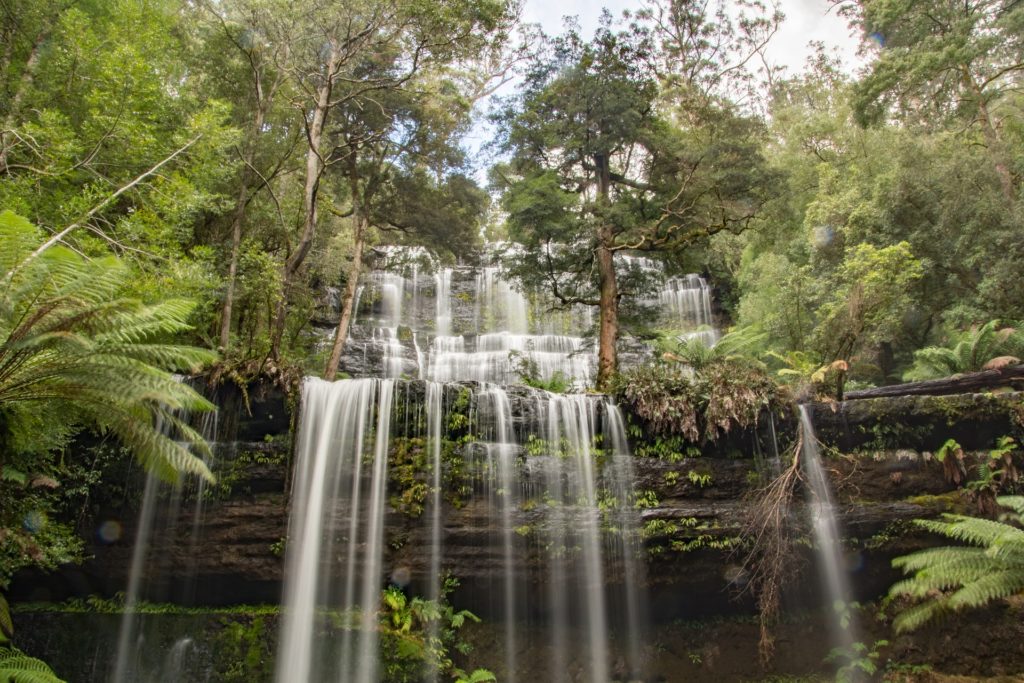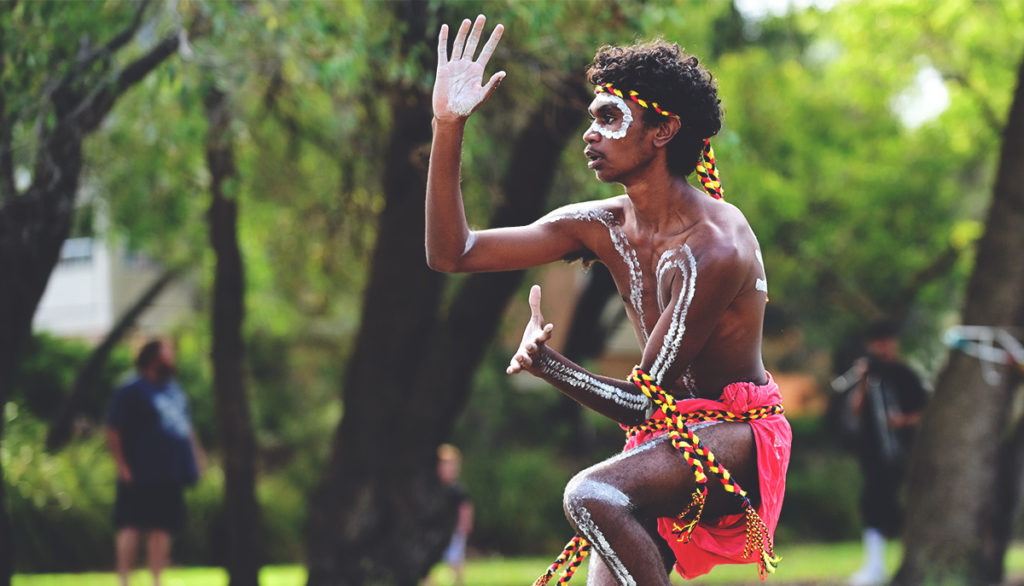Tasmania is separated from the Australian mainland by the Bass Strait by only 200km, but if you visit, it can feel like a completely different world. Australia’s southernmost state – and only island state – is famous for its stunning forests and natural wonders.
While Cradle Mountain and Bruny Island should be at the top of any nature-lover’s list of must-see locations in Tasmania, here are five others you may not be familiar with…yet.
Hastings Caves and Thermal Springs
There are several stunning underground cave systems to visit, but Hastings Cave and Thermal Springs is perhaps the best. It’s located in the very south of Tasmania, in a pretty stunning area. Discovered by timber workers over 100 years ago in 1917, this natural formation of dolomite caves is home to a subterranean wonderland. You’ll find stone that’s been carved by an underground river over millions of years, as well as impressive stalactites and stalagmites.
Swimming in the hot springs is a great way to end your tour, so make sure you bring your swimsuit. You’ll definitely want to take a dip in the 28-degree water surrounded by some of the world’s finest nature views. And despite the remote feel of the location, change rooms and showers are situated nearby. Just remember — due to the often wet walking paths and steps, it’s wise to wear comfortable closed-toe shoes.
The Maria Island Walk
Maria Island, a small, World Heritage-listed island national park off the Tasmanian coast, is Australia’s own Noah’s Ark. It’s famous for being home to a large assortment of animals you might not see anywhere else. You’ll find rare wild Tasmanian Devils, wombats, kangaroos, eagles, albatross’, dolphins, whales, and seals. The four-day walk takes visitors from white sand beaches to ancient forests and historic convict sites. A shorter three-day trip is offered in the colder months of June to August.
Inverawe Native Gardens
Only 15 minutes from Hobart is Tasmania’s largest landscaped native garden. Here, you can sip tea on a terrace and enjoy 22 acres of native plants in an onslaught of colours. Because of its native elements, the garden has no offseason, so you can expect beautiful scenery no matter when you visit. And it’s not just greenery that stuns; Inverawe is also home to around 102 bird varieties, including 12 species found nowhere else in the world.
Kayaking around the Freycinet Peninsula
If you like to get out on the water, you won’t want to leave Tasmania without the chance to put on your life jacket. The Freycinet Peninsula on Tasmania’s east coast is just beautiful, and can be explored offshore. If you’re more daring, you can try white water rafting. But if you’re after something a little bit more peaceful, you must go kayaking. There are many providers that will take you paddling inside caves and past incredible natural cliff formations alongside unspoiled mirror-perfect coastline.
Mount Misery Walk and Nature Reserve
In Tasmania’s south, you’ll find the awe-inspiring Mount Misery overlooking Huonville. There’s a variety of other walks to choose from in the area, which range from a mere two minutes to three hours. They’re listed as either easy or moderate, but the walk through Mount Misery’s towering old-growth forests is especially majestic. This free nature walk will take you across five kilometres of amazing rainforest, sub-alpine heathland, grasslands, mountaintops, and waterfalls.
The walk is open from 8.30am until dusk, so be prepared so you don’t get stuck after hours. If you’re planning on staying overnight, book a nearby cabin or campsite.





